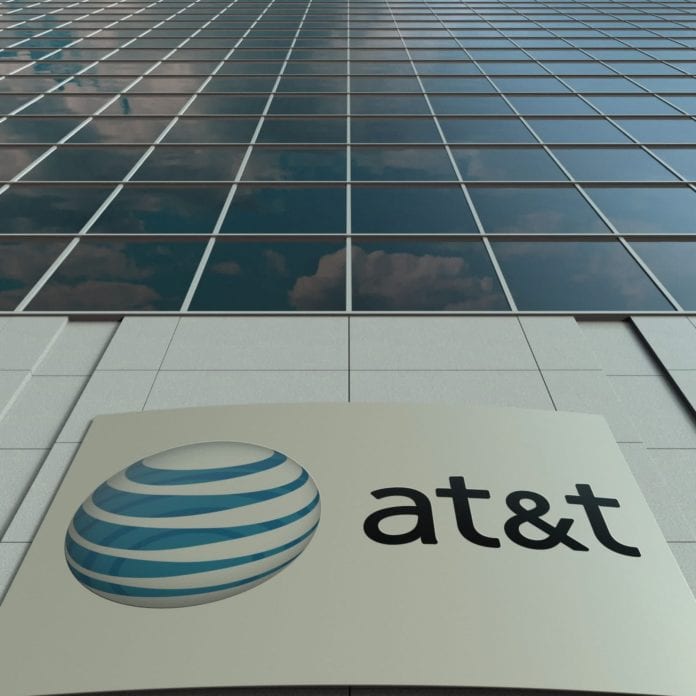The FirstNet network build-out is helping AT&T to increase its network capacity by about 50% as it adds additional band support while turning up FirstNet’s Band 14 spectrum, according to John Stephens, AT&T’s CFO. Stephens spoke at the the Deutsche Bank Media, Internet and Telecom Conference yesterday.
As AT&T builds out the FirstNet network, he said, it is also adding support for its AWS and Wireless Communications Spectrum holdings, as well as enabling LTE features such as 4×4 multiple-input multiple-output, four component-carrier aggregation and 256 QAM modulation, Stephens said. With those spectrum aggregation capabilities, he went on, the difference is akin to having four single-lane highways compared to one four-lane highway.
“We’re putting all this is place at once and getting a step-function above the LTE that we had, and evolving it toward 5G at the same time,” Stephens said, noting that the equipment AT&T is using is 5G-upgradeable via software and towers will not need to be climbed again to enable the upgrade.
Stephens said that he had run a speed test on AT&T’s LTE network on his mobile device as he was walking to the venue and achieved speeds of 160 MB — and “we don’t have a mini cell tower out in the parking lot,” he added, crediting the speed to the overall network improvement work that AT&T is doing.
That network improvement “will also bring our cost per megabit down significantly,” he said.
AT&T said in early January that it had increased its LTE coverage area for the AT&T network and FirstNet by more than 50,000 square miles nationwide and boosted the potential customers covered by 1 million. The carrier said at the time that it had turned up Band 14 coverage in more than 500 markets, and that it had signed up more than 5,250 public safety agencies to FirstNet with more than 425,000 connections. Stephens said Tuesday that figure is at about 450,000 connections.
“A lot of those customers were customers of AT&T before they migrated over to our FirstNet service,” Stephens said, but went on to say that now FirstNet is “starting to add significant numbers of FirstNet customers.” While there are about 3 million first responders in the market, he said, AT&T sees the FirstNet opportunity in terms of multiple devices per user — a tablet, a body-worn camera, perhaps even drones — which would put the market at more like 10 million potential devices to connect, in a market where AT&T has not had much market share. He also said that providing first responders with devices and service plans opens up the possibility of serving their spouses and children to AT&T’s commercial plans.
In terms of fiber build-out, Stephens said that AT&T will have fiber-to-the-premises reaching 14 million potential customers by July to will both bolster its backhaul capacity as well as provide a new footprint for selling broadband services. Stephens also noted that in terms of handset revenues, AT&T continues to see “modest levels” of handset upgrades as “customers continue to hold their handsets longer” due to the prices of new smartphones, with handset revenues for the first two months of 2019 around $2.3 billion, compared to $2.4 billion during the same period last year.
Stephens said that AT&T plans to cover more than 200 million people with 5G by 2020; the carrier has said that it plans to build a nationwide mobile 5G footprint using its sub-6 GHz spectrum holdings. The company expects to see that “business will lead in the innovation around 5G” with application of the technology in areas such as healthcare, automated factories and so on, Stephens said, adding that AT&T is engaged with its Fortune 1000 customer base around their abilities to make use of 5G.

